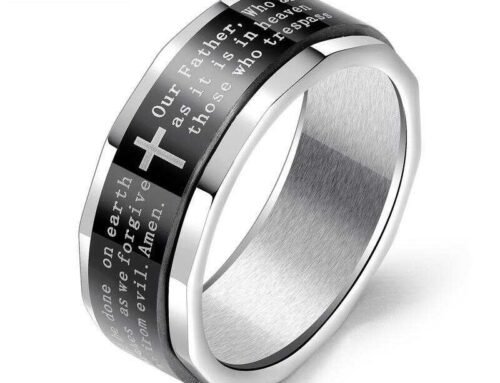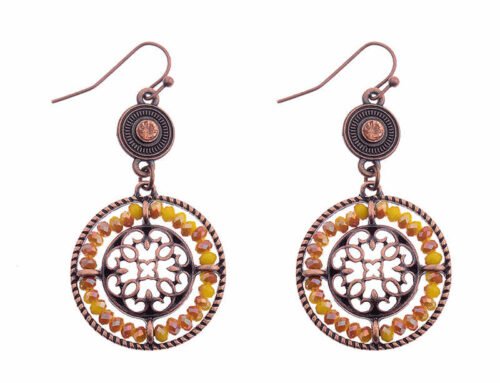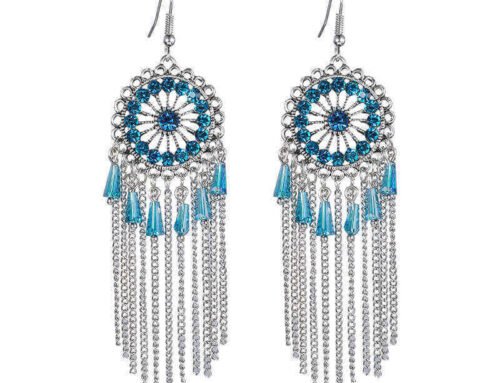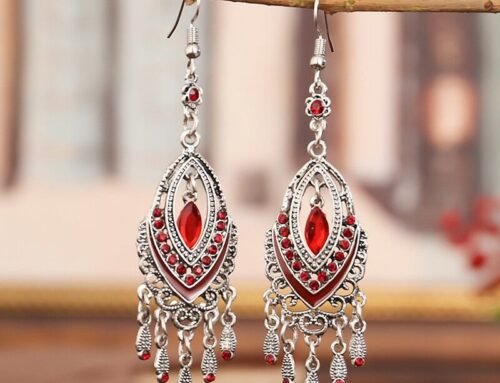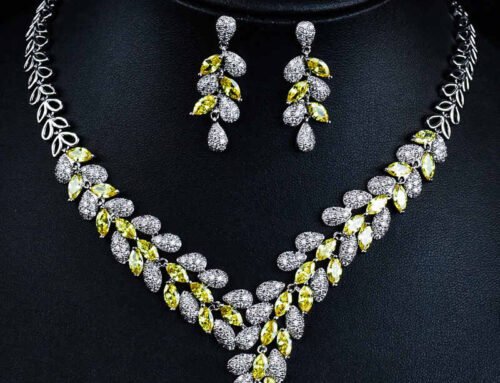Scroll through any social media feed, walk through any bustling city center, or glance around a casual coffee shop, and you will witness a silent, sparkling revolution. We are living in the golden age of the accessory. Gone are the days when jewelry was reserved for special occasions or signified mere luxury. Today, titanium necklace stack upon collarbones, titanium rings adorn multiple fingers, and dangle earrings frame faces engaged in everyday life. The popularity of fashion jewelry—encompassing everything from minimalist pieces to bold, artisanal creations—has exploded. But what fuels this fervent desire to adorn ourselves? The reasons are as multifaceted as a well-cut gemstone, rooted in a powerful interplay of psychology, technology, economics, and shifting cultural norms.
At its most fundamental level, jewelry is a powerful tool for self-expression and identity formation. In a world saturated with mass-produced fast fashion, accessories have become the primary means to curate a unique personal aesthetic. They are the punctuation marks to our sartorial sentences—the exclamation points, the question marks, the ellipses that hint at more. A person wearing the cute necklaces with a geological specimen might be signaling a love for science and nature. Another, adorned with vintage cameos, might be expressing a romantic, nostalgic sensibility. A collection of sleek, geometric titanium cuffs communicates a different message than a wrist full of colorful, titanium bracelets.
This form of expression is incredibly accessible. Unlike a designer dress that requires a significant financial commitment, a single, well-chosen statement piece can transform an entire outfit. It allows individuals to experiment with different facets of their personality without a complete wardrobe overhaul. Are you feeling bohemian jewelry today? Add some turquoise and tassels. Channeling a minimalist vibe? A simple gold hoop and a thin chain will suffice. This low-risk, high-impact nature of fashion jewelry makes it the perfect vehicle for navigating and announcing our evolving selves to the world.
The democratization of fashion, driven by social media, cannot be overstated as a catalyst for the accessory boom. Platforms like Instagram, Pinterest, and TikTok are veritable catwalks for fashion jewelry. Influencers and micro-influencers don’t just showcase clothing; they master the art of accessorizing. Through styled flat-lays, “get ready with me” videos, and close-up reels, they provide a constant stream of inspiration, demonstrating how to layer necklaces of varying lengths, mix metals, or use titanium earrings to frame the face.
This has created a cycle of desire and immediate gratification. Seeing a particular charm titanium bracelet on a favorite content creator creates an instant “want.” With a few taps, that exact piece or a very similar “dupe” can be bought online and delivered within days. Social media algorithms are expertly tuned to our aesthetic preferences, frequently feeding us new trends—from the “coin necklace” craze to the recent embrace of “quiet luxury” embodied by simple gold chains and pearl accents. This digital ecosystem has turned fashion jewelry trends over at a dizzying pace, ensuring the market remains perpetually fresh and enticing.
What is more, the rise of Direct-to-Consumer (DTC) and digitally-native brands has revolutionized accessibility and marketing. Companies like Mejuri, Catbird, and Missoma have built empires by speaking directly to the modern consumer. They leverage high-quality photography, relatable branding, and a narrative that often focuses on empowerment and self-gifting (“treat yourself”). Their business models allow for finer materials like solid gold and sterling silver at more accessible price points than traditional luxury houses, creating a new category of “fine” jewelry that is meant for daily wear, not just for the vault.
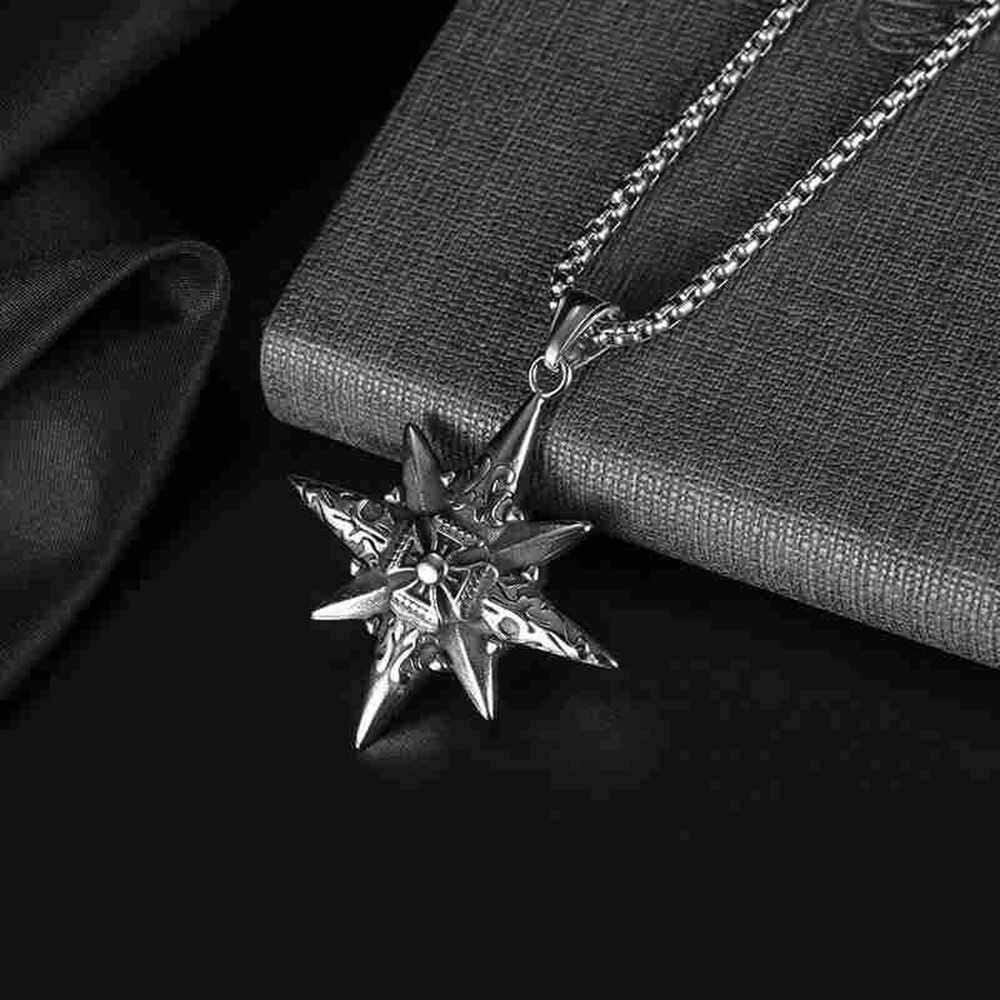
This ties directly into the psychological idea of “affordable luxury.” In an uncertain economic climate, a major luxury handbag or a designer suit may be out of reach for many. However, a beautiful, well-crafted piece of fashion jewelry offers a tangible touch of luxury and a significant mood boost for a fraction of the cost. The act of buying a piece of fashion jewelry is an act of self-care and personal reward. It’s a small indulgence that makes one feel put-together, sophisticated, and valued. This emotional ROI is immense, making the purchase feel justified and meaningful.
Beyond mere adornment, fashion jewelry serves as a vessel for memory and emotional connection. This is one of the oldest functions of accessories, and it remains profoundly relevant. Lockets that hold photographs, charm titanium bracelets that tell the story of a life’s journeys, birthstone rings that connect us to loved ones, or the titanium rings bought to commemorate a personal achievement—these pieces are imbued with meaning far beyond their material value. They are wearable diaries, talismans that carry our history and our heart with us.
This emotional dimension creates a deep, lasting bond between the wearer and the object, making it impervious to the whims of fast fashion. A piece with a story will be cherished and worn for many years, becoming a part of the wearer’s personal legacy. This trend towards meaningful jewelry has been embraced by brands that offer customization, allowing consumers to inscribe initials, significant dates, or choose symbols that resonate with their personal narrative.
The modern fashion landscape itself, which has increasingly embraced casualization, has also elevated the role of fashion jewelry. As work-from-home culture persists and dress codes relax globally, the suit and tie, or the formal dress, have been replaced by comfortable, versatile basics like high-quality t-shirts, jeans, and knitwear. In this simplified wardrobe context, fashion jewelry becomes the key element that adds personality and polish. A simple cashmere sweater is transformed by an interesting pair of hanging earrings. A plain white t-shirt becomes a canvas for a curated collection of layered chains and cute pendant. Fashion jewelry provides the detail and sophistication that our more relaxed clothing sometimes lacks.
Finally, the very nature of trends in jewelry contributes to its sustained popularity. Unlike clothing, which is subject to the tyrannical and often unforgiving cycles of sizing and fit, jewelry is universally forgiving. A pair of titanium earrings can be worn by anyone, regardless of their body type or size. This inclusive nature makes jewelry trends more accessible and less exclusionary than clothing trends.
Besides, the current trend landscape is not about monolithic styles but about personalized curation. The “rules” have been dismantled. Mixing gold and silver is now considered chic. Wearing fashion jewelry from different eras, styles, and price points—a cherished vintage find alongside a modern minimalist piece—is celebrated as a sign of sartorial intelligence. This freedom empowers the consumer to become the stylist, to create a look that is authentically theirs, rather than slavishly following a single dictate from the runway.
Finally, the dazzling popularity of fashion jewelry is no fleeting trend. It is a complex cultural phenomenon. It is a response to our deep-seated need for self-expression, supercharged by the engines of social media and e-commerce. It satisfies our desire for affordable luxury and emotional connection in an increasingly digital and often impersonal world. It is the perfect companion to our casualized wardrobes and the ultimate tool for personal curation in an age of individuality. We wear our stories, our aspirations, and our identities around our necks, on our wrists, and in our ears. And in doing so, we don’t just accessorize our outfits; we adorn our lives.
